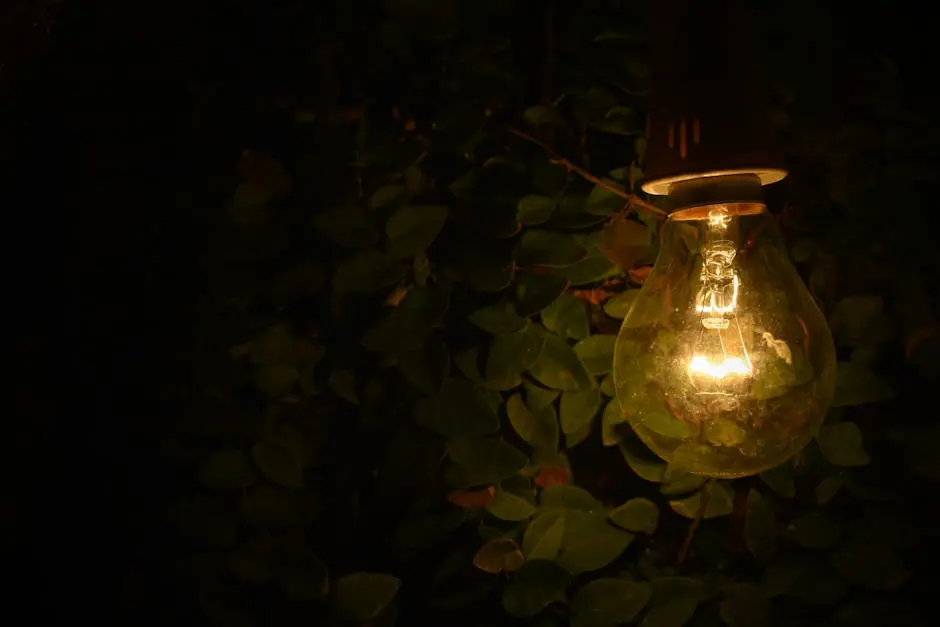Maintaining your inground lights is essential for ensuring they last long and perform well. In this guide, we’ll break down the steps you need to follow to keep your inground lights shining bright and functioning properly. Let’s dive into the best practices for their maintenance!
Inspecting the Lights Regularly
Regular inspection of your inground lights is crucial to catch issues early. Start by checking the entire setup for any visible damage, such as cracks in the fixtures or loose wiring. Even minor damages can lead to significant problems if overlooked.
In addition to visual checks, make it a habit to test the lights periodically. Turn them on and observe their performance; flickering or dimming lights might indicate that a bulb is nearing its end.
Don’t forget to assess the surrounding area too. Overgrown plants or debris can obstruct light output and create safety hazards. Keeping your landscape tidy not only helps in maintenance but enhances the beauty of the inground lights.
Conduct these inspections seasonally, especially before major weather changes. This proactive approach will keep your inground lights shining bright year-round and can help avoid costly repairs later.
Cleaning the Fixtures and Lenses
Cleaning your inground lights is a simple yet effective maintenance task. Dust, dirt, and algae can accumulate on the fixtures and lenses, reducing their light output. When cleaning, a soft cloth and mild soap solution usually do wonders.
Be gentle when handling the lenses. Apply the cleaning solution and allow it to sit for a minute before wiping it clean. This approach helps dissolve tough grime without scratching the surface. Always rinse with water to remove any residual soap.
For fixtures, remember to check the seals as well. Wear and tear on seals can lead to water infiltration, so ensure they are clean and functioning to protect your inground lights from moisture damage.
Regular cleaning will keep the fixtures looking new and ensure optimal light output. A well-maintained light fixture enhances your landscape, creating an inviting ambiance at night.
Checking and Replacing Bulbs
Bulb replacement is an essential part of maintaining your inground lights. It’s good practice to check the bulbs at least once every few months. Pay attention to any bulbs that flicker or have dimmed significantly, as this sees the need for replacement.
When replacing bulbs, ensure you choose the right type suitable for your fixture. LED bulbs are often recommended due to their longevity and energy efficiency. They provide bright light while consuming less power, making them a smart choice for inground lighting.
Remember to turn off the power before attempting to change the bulbs for safety. Allow any hot bulbs to cool before handling them to avoid burns.
Keeping a few spare bulbs on hand can save time and ensure your lights remain operational. A bright lighting system not only enhances security but also adds elegance to your outdoor spaces.
Winterizing Your Inground Lights
Winter can be tough on inground lights, so winterizing them is a key maintenance step. Start by trimming back any nearby vegetation to prevent them from encroaching onto the fixtures and causing damage.
Next, ensure that all electrical connections are secure and protected from moisture. Using waterproof covers or weatherproof seals can help avoid water-related issues during winter.
If you live in an area with heavy snowfall, consider removing the lights temporarily and storing them in a dry place until spring. This action ensures they aren’t damaged by ice or snow.
Lastly, after winter, perform a thorough inspection of your inground lights. Look for wear and tear from seasonal elements and replace any damaged components immediately to ensure a smooth transition back to regular use in the spring.
Hiring a Professional for Deep Maintenance
Sometimes, despite our best efforts, inground lights require professional attention. Hiring a qualified technician for deep maintenance can be beneficial, especially if you notice persistent issues like flickering or severe water damage.
A professional can address more complex problems, such as electrical issues or inadequate wiring that could pose safety risks. Moreover, they have the expertise and tools necessary to perform tasks efficiently.
It’s essential to choose someone experienced in landscape lighting. Ask for recommendations or read reviews to ensure you find a reliable professional. A well-done maintenance job will ensure longevity and performance, making your investment worthwhile.
Remember, deep maintenance doesn’t have to be frequent but should be a part of your overall maintenance routine. Regularly assess your lights’ performance and schedule professional check-ups as needed.
Final Thoughts on Maintaining Inground Lights
By following these simple maintenance steps, you can ensure your inground lights continue to illuminate your landscape beautifully. Regular care not only enhances their appearance but also prolongs their lifespan, saving you time and money in the long run.



